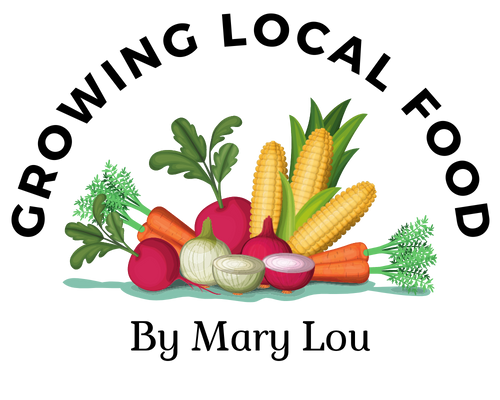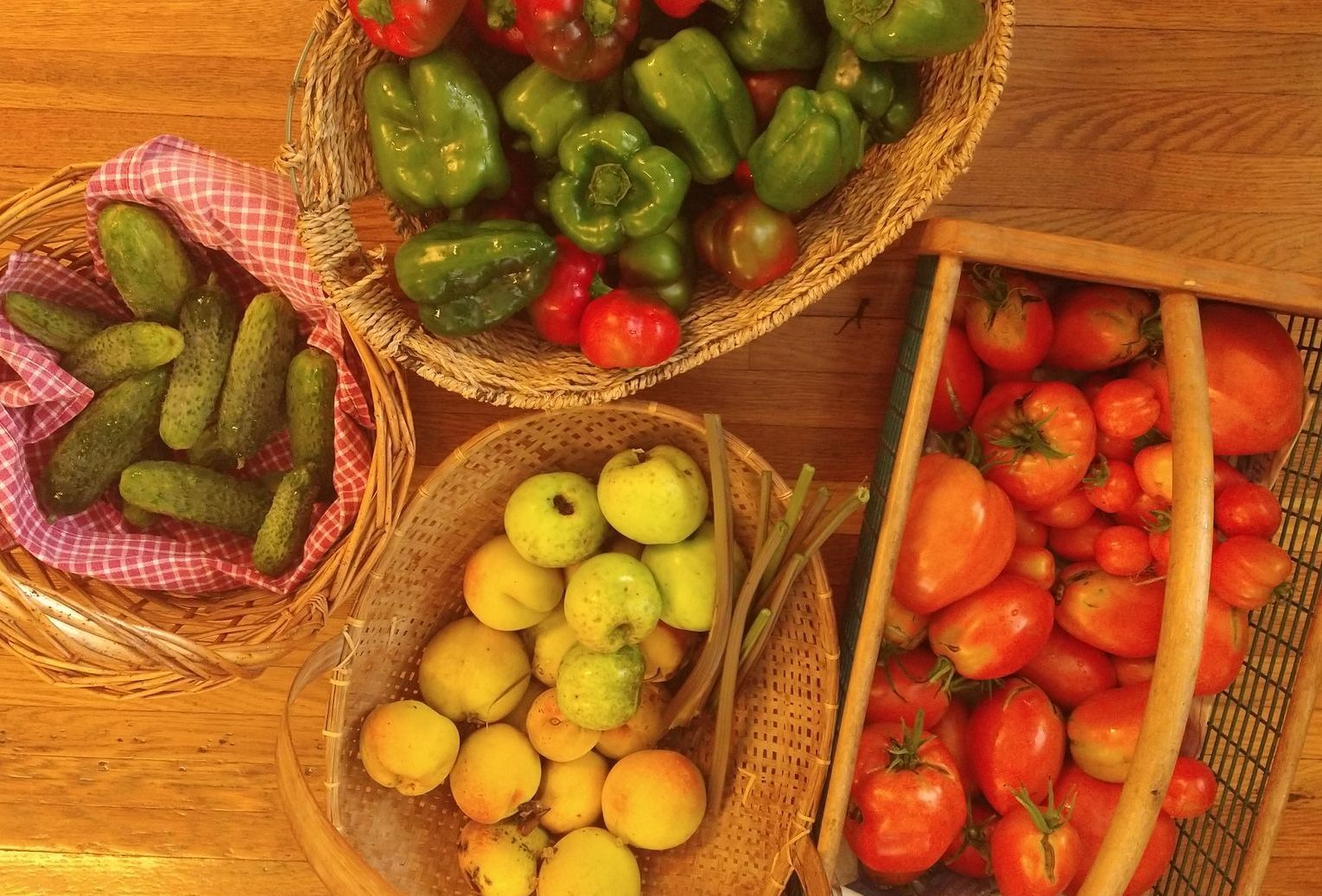Efficient Time Management for a Sustainable Homestead: Tools for Balance and Enjoyment
My husband and I downsized our homestead two years ago. Although we don't juggle quite so many farm animals these days, I still follow this routine for managing time while we continue to grow our own food and enjoy learning new things.
This article was originally written for Mother Earth News' online blogs in 2014:
I’ve heard people say that they want to homestead but “there’s too much work for a single family.” I agree that an ideal situation might include two or three households farming cooperatively so no one has too much work and everyone gets vacations. But waiting for an ideal situation keeps people from taking the first step. A few time management tools can help a homestead run smoothly and enjoyably.
My husband and I grew most the food we ate on our 13 acre homestead with the help of our garden, orchard, bees, poultry and cows. I admit that it can feel a bit like a three-ring circus at peak season, but we figured out some tools for making our work both manageable and enjoyable.
Allow each season to be unique: Perhaps most importantly, we only did the work that best fit each Ohio season. Keeping each season unique allowed us to be refreshed by constant variety. In springtime, we realized our workload would sharply accelerate, but that came after a restful winter. It was a treat then to begin some of our vegetable seedlings indoors in late February. The orchard was pruned in March and the beehives examined. The first calves of our small dairy herd were born in April and the pace sharply accelerated as we began milking. At the same time, chicken and turkey eggs were hatching and the little ones were then cared for in their “brood houses.” Adding one or two new tasks each week allowed us to best fit them into our schedules.
Summer required the steady pace that we had rehearsed for over a decade. The planting and weeding in the garden was quickly followed by summer’s harvesting and preserving. We had meat chickens in one chicken tractor and the young heritage birds in others. We didn’t extract honey until all the calves were born and we could again sleep through the nights.
Summer's preparations made for easier winters. Cheddar cheese accompanied fruits and vegetables into storage. Butchering chickens, making apple cider and shelling dried beans belonged to the shorter days of autumn.
Winter provides a slower time for resting, visiting, hobbies and reading. We intentionally no longer milked, so the calves enjoyed having all of their mothers’ milk. We didn’t use the hoop house to extend the growing season for more than a couple of cool season vegetables. Instead, the food that was preserved in summer provided easy meals for winter. Remembering the slower pace of winter also makes it easier to keep going during the longer days of summer.
Then, after three winter months of short, slower days, we were ready for springtime to arrive with the return of moist soil and beautiful baby animals. Enjoying the seasons made homesteading much more fun.
Not only does each season have its unique work, but it also has its unique “treats.” We only made ice cream and fresh mozzarella cheese in the summer when milking. Likewise, summer is the only season we stand in the garden and munch on fresh vegetables. Hauling out the cider press goes along with the shorter days of late summer and autumn, and the smell of food cooking on the wood burner happened only in winter. I love all the seasons because of their uniqueness.
Have a weekly routine: Besides respecting the uniqueness of each season, I found another time management skill that continues to help me through each day and week. I’m sure I took this from Laura Wilder’s “Little House in the Big Woods,” but having specific tasks for different days of the week gives me the reassurance that routine tasks will get done without fretting about it ahead of time. It didn't always work out quite as I'm describing below, but this keeps certain tasks from being neglected. It also frees up my brain from making “to-do” lists.
On summer Mondays, after caring for the farm animals, I made cheddar cheese and did laundry. That still allowed afternoons for other projects. Tuesday is the day I attended to the garden’s needs which varied throughout the summer. The chicken and turkeys’ houses were cleaned on Wednesday. I came back indoors onThursday mornings to clean house so that the grass could get cut on Fridays.
Share tasks: Creating meals from garden produce takes more time than eating highly-processed food. To make best use of our beautiful produce, we fix one “big” meal a day, usually at noon. To give time for other chores, or to have more free time, my husband and I have different days of the week that we’re responsible for the noon meal. Having this variety to our days is fun. Besides, I love staying out of the kitchen until it’s time to eat on his cook days!
Time management tools are only helpful if they make work more enjoyable. Homesteading requires flexibility to fit with the animals, weather, and seasons, but time management tools also need to be modified to suit each of our personalities and situation. However we do this, there’s no reason to fear the work of homesteading when there are tools to allow the work to remain enjoyable and rewarding.



